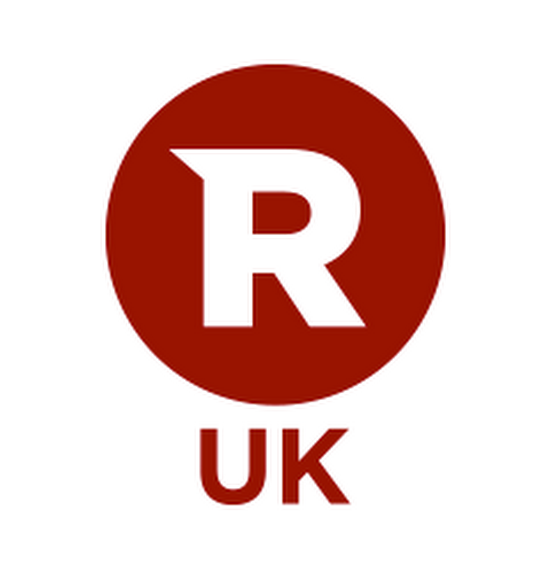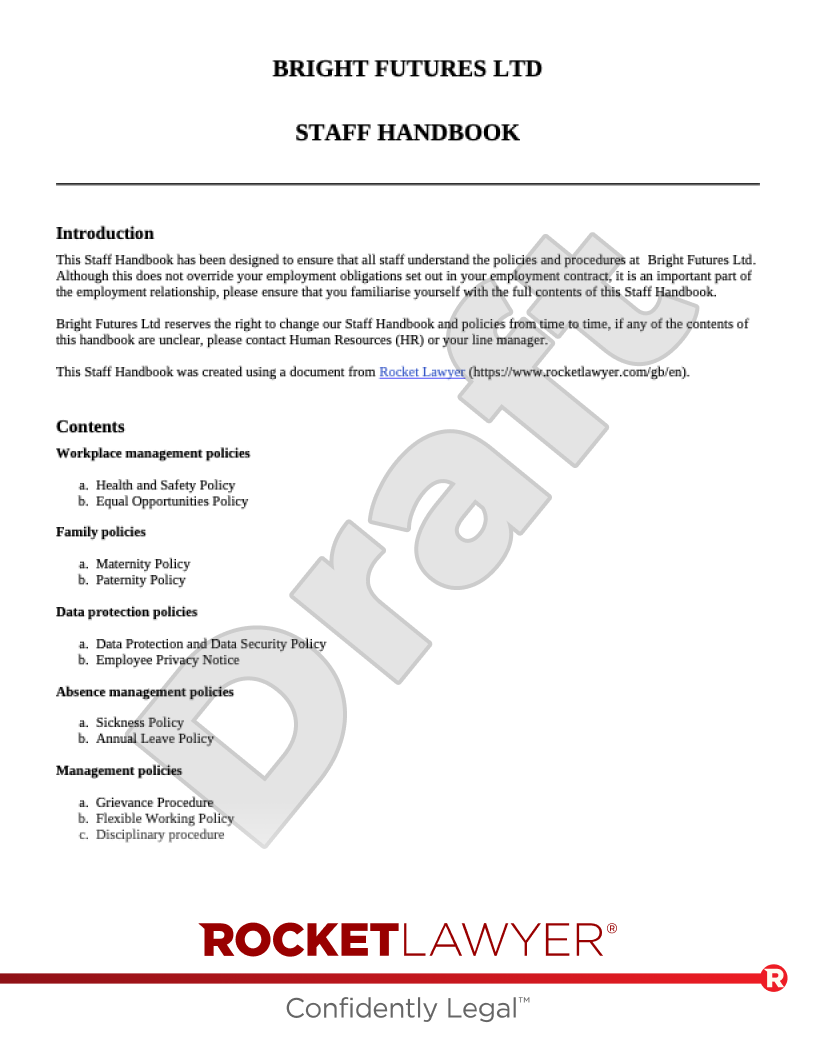What is Pride Month?
Pride Month is an annual celebration held every June. Across the globe, various events are held during this special month as a way of celebrating and recognising the influence LGBT+ people have had around the world.
Where did Pride Month come from?
The month of June was chosen as Pride Month to commemorate the Stonewall Riots, which occurred at the end of June in 1969.
The Stonewall Inn is a gay bar in Manhattan, New York, which (back in the 1960s) was a rare spot where same-sex patrons could dance and enjoy themselves without the fear of harassment. However in the early morning hours of June 28 1969, the police raided the bar, but this time the patrons fought back. The Stonewall Riots, consisting of thousands of people, lasted for the next six days. This sparked a revolution for the LGBT+ community.
The Stonewall Inn still exists today and, in 2015, New York designated Stonewall as a historic landmark, which the then-sitting President, Barack Obama, named as a national monument.
Equality in the workplace - the basic premise
In the UK, guaranteed equality based on sexual orientation and gender identity comes from the Equality Act 2010. This Act makes it unlawful to discriminate against employees, workers, potential employees or job seekers and trainees or apprentices because of their sexual orientation, sex, or gender reassignment status.
For example, it’s most likely discrimination if you don’t give someone a bonus because they are gay. However, it’s important to note that protection against discrimination applies to all sexual orientations. This means orientation towards people of the same sex (gay or lesbian), orientation towards people of the opposite sex (heterosexual), and orientation towards people of the same sex and opposite sex (bisexual) are all protected from discrimination.
Fun fact: In 2019, the UK was one of only 5 countries in the world with a constitution or legislation explicitly guaranteeing equal rights based on sexual orientation and gender identity – the other four being Bolivia, Ecuador, Fiji, and Malta. In September 2023, 114 countries have at least prohibited discrimination based on gender or sexual identity. However, in at least 80 countries, there is still no legal protection.
Discrimination
There are 4 main types of sexual orientation discrimination:
-
direct discrimination
-
indirect discrimination
-
harassment
-
victimisation
You can read more on these types of discrimination in our guide on Equal opportunities and discrimination.
Fun fact: The Netherlands was the first country in the world to legalise same-sex marriage in 2001. Andorra was the most recent country to legalise same-sex marriage. They did so in February 2023.
Managing sexual orientation in the workplace
Using language carefully
I won’t be discussing discrimination as such in much detail here, but instead the social and HR aspects of sexual orientation in the workplace.
One issue that often comes up is whether ‘jokes’ or ‘banter’ constitute harassment or bullying. In various workplace scenarios, people say things without intending to offend or cause harm but have the effect of excluding someone or making someone feel uncomfortable. Some jokes or banter may even be borderline malicious. In most circumstances, people should be cautious about making jokes or comments about someone’s sexual orientation. What one person finds funny, may be upsetting to another. And in truth, if you think something is offensive, it most likely is and shouldn’t be shared.
It’s especially important for employers and managers to take complaints of this kind seriously. Employers should be mindful that an employee may find it difficult to discuss the problem.
An employer may find it helpful to have a specific policy in place setting out how it deals with complaints about discrimination, harassment, or bullying and to provide a safe and confidential environment where employees can express their concerns and complaints. You can use our template to create an Anti-harassment and bullying policy.
Language is also important for the transgender community. Employers should make a proactive effort to be inclusive if they want a diverse workforce or want to support the LGBT+ community. For example, respecting pronouns like ‘he’ or ‘she’ or ‘they’ that an individual uses.
Fun fact: In 2019, same-sex marriage was legal in 28 countries worldwide and illegal in 167 countries. In September 2023, same-sex marriage is legal in 35 countries (with same-sex marriages becoming legal on 1 January 2024 in Estonia) whilst it is illegal in 73, with other states sitting somewhere in between.
Provide a confidential support network
In a 2018 YouGov research study of 3,213 LGBT+ employees, it was recorded that 35% of LGBT+ employees concealed or hid their sexual identity from their employers and colleagues for fear of discrimination. It’s therefore important that employers understand and provide support to those who are ‘coming out‘ or want to disclose their sexual identity.
‘Coming out’ is where an individual tells other people about their sexual orientation. This process is personal and different for everyone. If an employee has decided to ‘come out’, their employer should find out whether the person wants this information to be kept confidential.
If an employee is ‘outed’ (which means their sexual orientation has been disclosed without their consent or against their will), then their employer could be in breach of their duties and the Data Protection Act 2018 if they’re involved. For more information on data protection and the Data Protection Act, read Complying with the GDPR and Data protection and employees.
The knock-on effect could be de-motivation from the affected employee as well as others subjecting them to bullying and harassment. The employer should have policies and training in place to support LGBT+ employees with coming out.
Fun fact: In 2019, Taiwan became the first Asian country to allow same-sex marriage after a ruling from Taiwan’s Constitutional Court.
What else can employers do to support their LGBT+ employees and community?
It’s a no-brainer that creating a workplace that accepts everyone is good. Aside from the moral justification, it makes good business sense too. If employees feel comfortable and happy at work, they are more likely to perform better and work better with colleagues, instead of having to hide or conceal who they are.
Pride Month offers the chance for those who don’t identify as LGBT+ to show support for their LGBT+ friends, relatives, and co-workers.
Organisations should be active in demonstrating their support for their LGBT+ employees.
Whether that’s through public support, partnerships with LGBT+ organisations, policy support, or a commitment to a safe and accepting workplace, it’s important that businesses are truly advocating for LGBT+ rights. Employers can implement an Equal opportunities policy and be informed about equal opportunities and discrimination.
Employers should also:
-
learn about the range of sexualities on the LGBT+ spectrum
-
be respectful and use appropriate pronouns
-
speak up against prejudice and discrimination
-
be inclusive and diverse
For more information about diversity at the workplace, read Diversity and pay reporting. Do not hesitate to Ask a lawyer if you have any questions.
Fun fact: Pride is now celebrated in 105 countries worldwide.
One final fun fact: the meaning of the rainbow flag
The rainbow flag is commonly known as the ‘gay pride flag’ or ‘LGBT+ pride flag’. However, many people are unaware of the origins of the flag and why the rainbow became a prominent symbol for the LGBT+ community.
The flag originated from Gilbert Baker, an openly gay activist in San Francisco. He taught himself to sew and created an 8-striped flag with different colours. This was the first original symbol of Pride.
Each colour in the iconic rainbow flag has its own symbolic meaning. Originally the flag contained 8 colours, representing:
-
red: life
-
orange: healing
-
pink: sex and sexuality
-
yellow: sunlight
-
green: nature
-
turquoise: creativity or magic or art
-
indigo/blue: harmony or serenity
-
violet: spirit
The version of the flag commonly seen today includes white, pink and blue to represent the transgender community, and black and brown to represent intersectionality between gender and sexuality and race for the BIPOC community.





